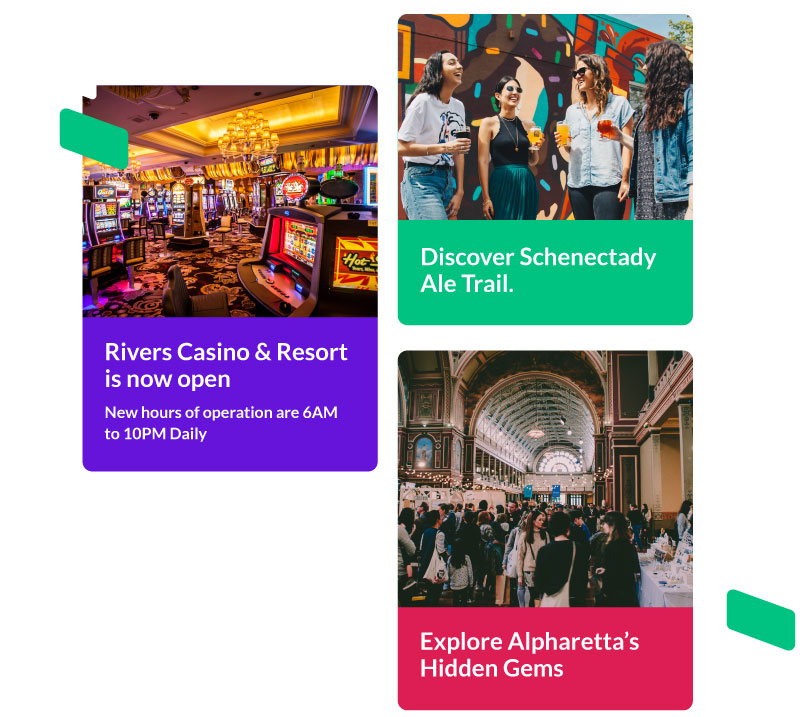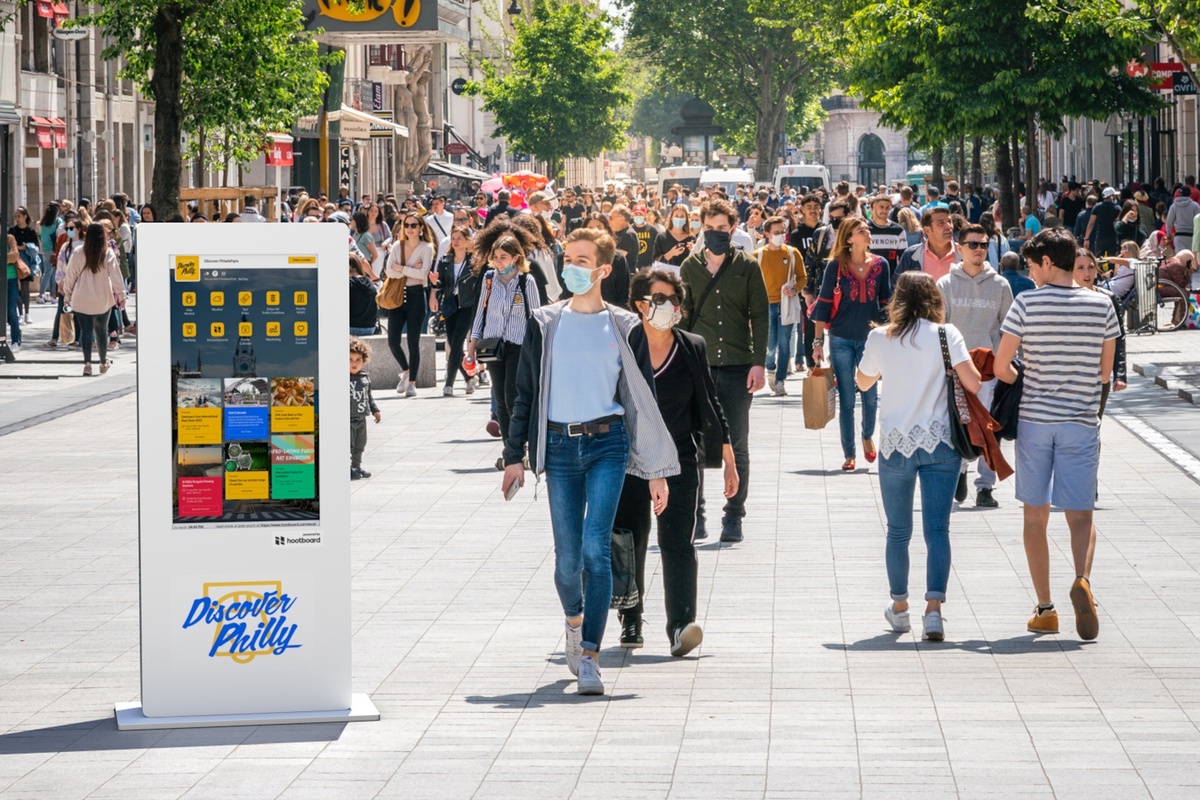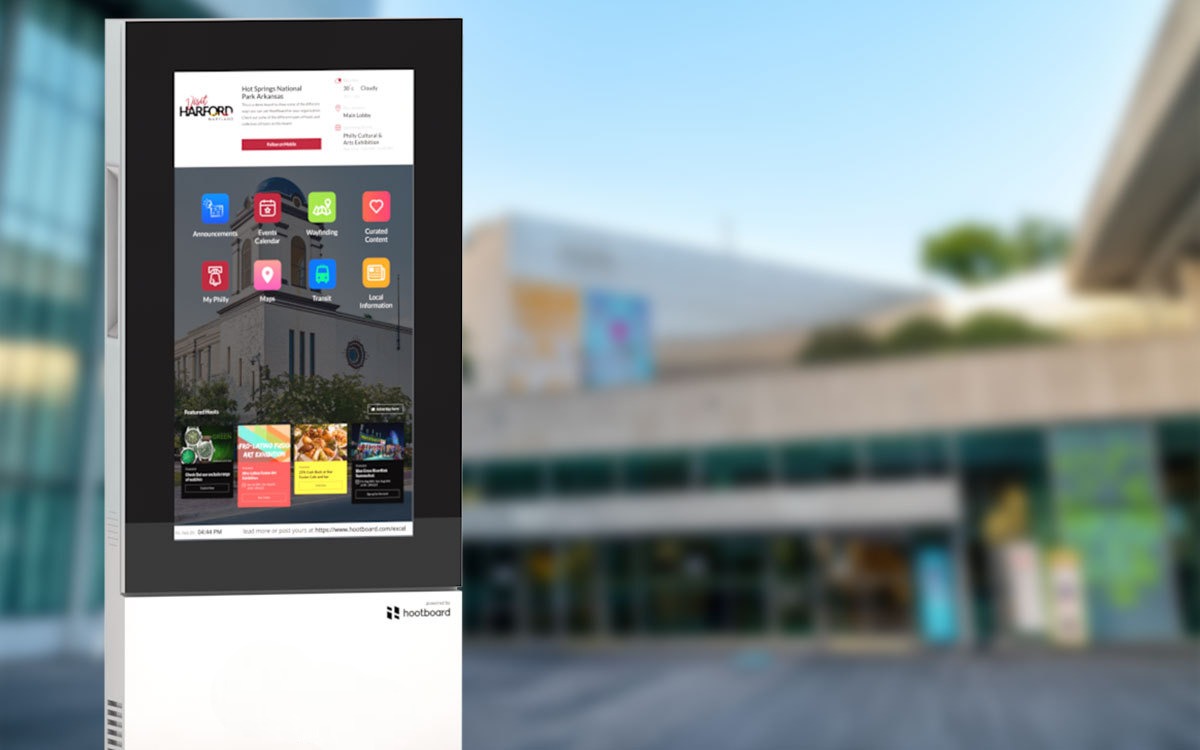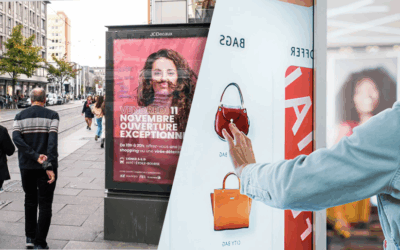Wayfinding, or the process of navigating and orienting oneself within an unfamiliar environment, is a critical element of the tourism industry. Effective wayfinding can enhance visitor satisfaction, increase revenue, and improve a destination’s reputation. However, poor wayfinding can cause significant problems that negatively impact the tourism industry. Here are some ways poor wayfinding can impact a destination’s tourism industry.
Reduced Visitor Satisfaction
Poor wayfinding can lead to a frustrating and confusing visitor experience. Visitors may feel lost or disoriented, leading to a negative impact on their overall satisfaction. This can result in visitors being less likely to return and recommend the destination to others.
- Confusion and frustration for visitors
- Negative impact on visitor experience and satisfaction
- Decreased likelihood of return and recommendations

Reduced Tourism Revenue
Visitors who are unable to navigate a destination easily and efficiently are less likely to spend money on tourism activities and services. Poor wayfinding can also lead visitors to miss attractions or not find them at all, causing a significant reduction in tourism revenue for the destination.
- Visitors less likely to spend on tourism activities and services
- Reduced revenue for local businesses
- Fewer opportunities for economic growth

Increased Safety Concerns
Poor wayfinding can lead to safety concerns for visitors, particularly in unfamiliar or crowded areas. Visitors may become lost or disoriented, leading to an increased risk of accidents or criminal incidents.
- Increased risk of accidents or criminal incidents
- Visitors may feel unsafe or apprehensive exploring the destination
- Reputation for poor safety standards may deter visitors

Negative Impact on a Destination’s Reputation
Destinations with poor wayfinding may be viewed negatively by visitors, leading to a damaged reputation. Visitors may share their negative experiences on social media or review platforms, dissuading others from visiting the destination. This can result in long-term negative impacts on the tourism industry and overall economic growth.
- Potential for negative reviews and word-of-mouth marketing
- Damaged reputation for the destination
- Long-term negative impact on the tourism industry and economic growth
![]()
Decreased Tourism Competitiveness
Poor wayfinding can contribute to a destination’s reduced competitiveness, particularly when compared to destinations with more intuitive and effective wayfinding systems. Destinations that fail to provide clear and easy-to-navigate wayfinding are less likely to be considered by potential visitors, leading to a significant loss of market share.
- Loss of market share
- Reduced ability to compete with other destinations
- Preferential selection of destinations providing better wayfinding systems
Poor wayfinding can cause significant problems for the tourism industry, leading to decreased visitor satisfaction, revenue, and competitiveness. Additionally, safety concerns and negative impacts on a destination’s reputation are likely to ensue. Successful destinations must prioritize providing effective wayfinding systems to enhance the visitor experience and maintain the popularity of tourism.

Ways DMOs Can Improve Wayfinding
Digital Wayfinding Tools
DMOs can develop digital wayfinding tools such as mobile apps or online maps that provide visitors with step-by-step directions to their desired location. These tools can be updated in real-time and can provide information about local attractions, restaurants, and other points of interest.
Wayfinding kiosks are digital wayfinding tools that offer visitors an interactive and user-friendly experience. These kiosks are typically placed in highly trafficked areas such as airports, shopping malls, and tourist attractions. They provide visitors with real-time maps, directions, and other relevant information, making it easier for them to navigate their surroundings. Wayfinding kiosks may also offer additional features, including weather updates, restaurant recommendations, and transportation schedules. They provide a seamless and modern way of navigating complex environments, enhancing the visitor experience, and increasing tourism revenue.

Signage and Markings
Clear and consistent signage and markings can help visitors navigate through a destination. DMOs can work with local authorities to improve the placement and design of signage, and ensure that it is visible and easy to read.
Collaborate with Local Businesses
DMOs can work with local businesses to ensure that their location is easily accessible and visible to visitors. This can include providing clear directions and signage to the business, as well as providing information about nearby parking and public transportation options.
Training and Education
DMOs can provide training and education to staff members and local residents to ensure that they are familiar with the destination and can provide accurate information and directions to visitors.
The Negative Effects of Poor Wayfinding on Tourists
Many people enjoy exploring new places, but poor wayfinding can often make this experience frustrating and even dangerous. Tourists are often unfamiliar with their surroundings, and they rely on signs, maps, and other cues to help them navigate. When these cues are absent or confusing, it can lead to frustration and disorientation. In some cases, it can even cause people to become lost. Poor wayfinding can also result in missed opportunities, as tourists may miss out on attractions that they would have enjoyed if they had been able to find them. In addition, poor wayfinding can negatively impact a destination’s reputation, as word of mouth can travel quickly among travelers. As a result, it is important for destinations to provide clear and concise wayfinding information to ensure a positive experience for all visitors.

How Poor Wayfinding Can Affect Local Businesses
For businesses, having good wayfinding is essential for customers to be able to find their way around. If a customer can’t find what they’re looking for, or if they get lost, they’re likely to give up and go somewhere else. It can also lead to customers feeling frustrated and stressed, which could put them off returning in the future. If businesses rely on foot traffic, bad wayfinding can deter people from coming in at all. Confusing signage, outdated maps, and cluttered environments are all examples. This can be a problem for both customers and employees, as it makes it difficult to orient yourself and find your way around. Businesses need to make sure that their premises are well-signed and easy to navigate, otherwise, they risk losing customers and damaging their reputation.

What Can Be Done to Improve Wayfinding?
Idea #1 – Digital Signage
When you’re visiting a new place, it can be easy to get turned around and end up going in circles. This is especially true in large tourist destinations, where there are often many different attractions and things to see. One way to help visitors find their way is by using digital signage. Digital signage is one way to improve wayfinding, as it can be updated quickly and easily. Digital signage can be used to display maps, directions, and even suggested routes based on where someone is trying to go. This can be a huge help for visitors who are trying to navigate their way around a new place. In addition, digital signage can also be used to provide information about nearby attractions and businesses. This can be a great way to help visitors make the most of their trip.
Idea #2 – Interactive Touch Screen Kiosks
Kiosks can be used to provide directions and even help people find specific businesses or attractions. In addition, kiosks can also be used to provide information about events and activities that are happening in the area. This is a great way to help visitors plan their trip and make sure they don’t miss out on anything.
Idea #3 – Mobile Devices Syncing Up with Digital Signage
Another way to help improve wayfinding is by using mobile devices and digital signage together. There are a few different ways to do this, but one of the most popular is by using QR codes. QR codes can be placed on digital signage, and when they are scanned with a mobile device, they can provide information about the area. This is a great way to help people get more information about their surroundings and find their way around. In addition, QR codes can also be used to provide directions and even coupons for nearby businesses. Overall, there are many different ways to improve wayfinding. By using digital signage, kiosks, and mobile devices, businesses and destinations can provide visitors with the information they need to make the most of their trip.
Digital Signage and Interactive Kiosks Will Help Your Tourism Destination Thrive
Digital signage is a great way to improve wayfinding and help visitors navigate their way around your destination. Interactive kiosks can also be used to provide information about nearby attractions and businesses, as well as directions and suggested routes. By using digital signage and kiosks together, you can provide visitors with the information they need to make the most of their trip. In addition, mobile devices can be used to provide information about events and activities that are happening in the area. By using QR codes, businesses and destinations can provide visitors with more information about their surroundings.
Have Questions? HootBoard has Answers
If you have any questions about digital signage or wayfinding, HootBoard can help. HootBoard is a digital signage and wayfinding platform that helps businesses and destinations provide visitors with the information they need to make the most of their trip. HootBoard offers a variety of features that will help your destination. If you’re looking for a way to improve wayfinding and help visitors navigate their way around your destination, HootBoard is the perfect solution. Contact us today to learn more about how we can help you thrive.





0 Comments